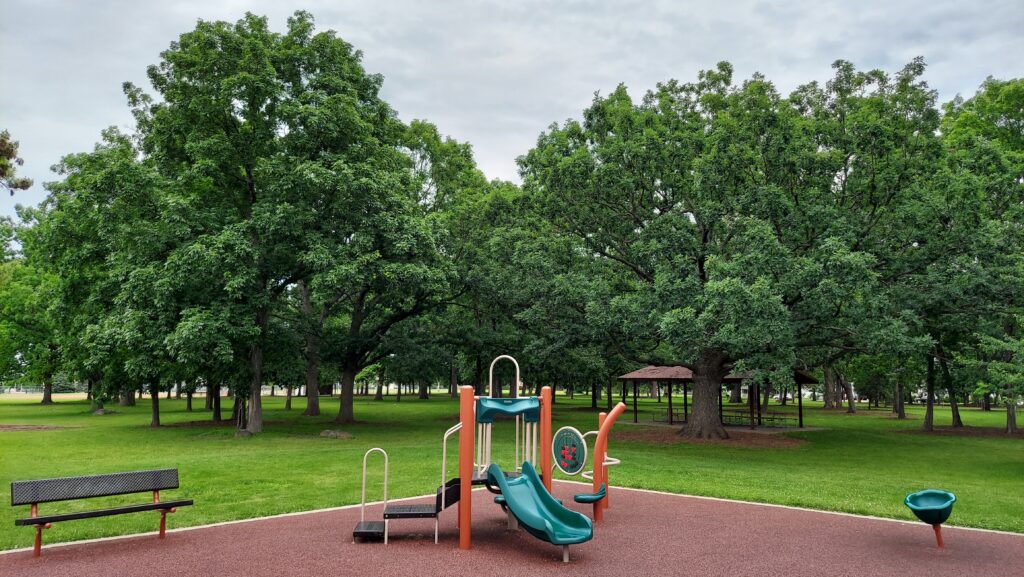 Cities, villages, towns, counties, tribes and 501(c)(3) nonprofit organizations in or conducting urban forestry projects in Wisconsin can now apply for a regular or startup 2026 Wisconsin Department of Natural Resources (DNR) Urban Forestry grant. The total 2026 available funding is $559,680, with a possible release of $139,920 of catastrophic storm reserve to fund a second round in March 2026. Continue reading “2026 DNR Urban Forestry Grant Application Now Open”
Cities, villages, towns, counties, tribes and 501(c)(3) nonprofit organizations in or conducting urban forestry projects in Wisconsin can now apply for a regular or startup 2026 Wisconsin Department of Natural Resources (DNR) Urban Forestry grant. The total 2026 available funding is $559,680, with a possible release of $139,920 of catastrophic storm reserve to fund a second round in March 2026. Continue reading “2026 DNR Urban Forestry Grant Application Now Open”
DNR Urban Forestry Council Welcomes New Members
By Jenn Janness, Urban Forestry Council Liaison, jennipher.janness@wisconsin.gov or 715-815-7173
The Wisconsin Department of Natural Resources (DNR)’s Division of Forestry recently welcomed six new members to the Wisconsin Urban Forestry Council and said farewell to three members who contributed much to the council. In addition, four council members renewed their commitment for another three-year term. Linda Cadotte was also confirmed as the chair and will serve for two years.
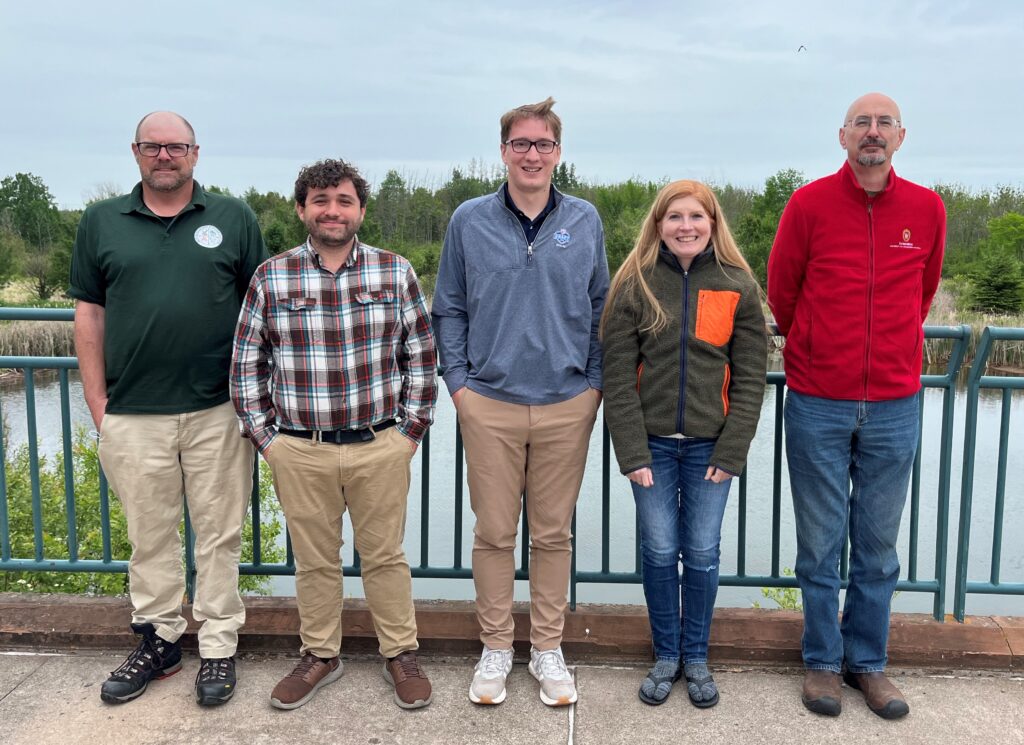
New council members left to right: Greg Blick, Mitch Lannan, Evan Miller, Kristi Sherfinski and Allen Pyle (not pictured, Jeff Kluslow)
Continue reading “DNR Urban Forestry Council Welcomes New Members”
Invasive Species – Fall Workshops
By Olivia Witthun, DNR Urban Forestry Coordinator; Olivia.Witthun@wisconsin.gov or 414-750-8744
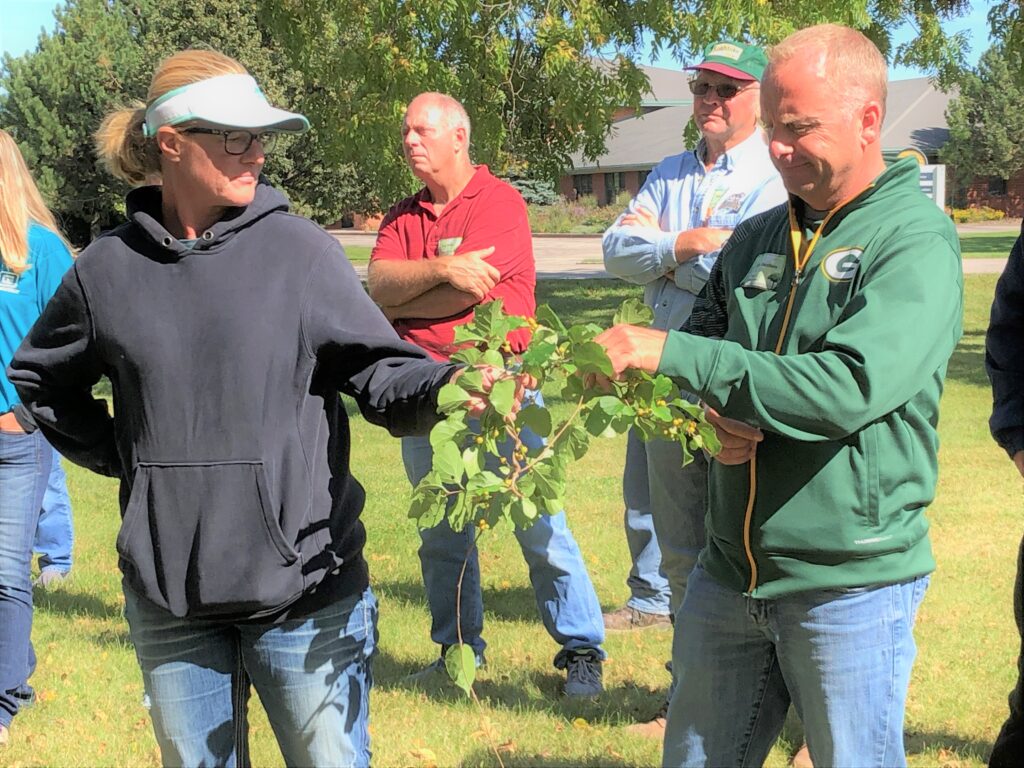 The Wisconsin Department of Natural Resources is partnering with the UW-Madison Division of Extension to host a series of fall workshops on invasive species plant identification and management. Learn about invasive plants in urban settings, focusing on identification, impacts, management and available resources. Dr. Mark Renz (professor and Extension specialist with UW-Madison) will lead the instruction, with Travis Wilson, Matt Wallrath and John Zabrosky assisting. Each workshop will include morning classroom instruction followed by hands-on field demonstrations in the afternoon. The cost of the workshop is $40 and includes lunch. Continue reading “Invasive Species – Fall Workshops”
The Wisconsin Department of Natural Resources is partnering with the UW-Madison Division of Extension to host a series of fall workshops on invasive species plant identification and management. Learn about invasive plants in urban settings, focusing on identification, impacts, management and available resources. Dr. Mark Renz (professor and Extension specialist with UW-Madison) will lead the instruction, with Travis Wilson, Matt Wallrath and John Zabrosky assisting. Each workshop will include morning classroom instruction followed by hands-on field demonstrations in the afternoon. The cost of the workshop is $40 and includes lunch. Continue reading “Invasive Species – Fall Workshops”
Collaborative Reforestation – Sheboygan Area School District
By Tony Fessler, Co-Coordinator – Restoration Of Our Trees Sheboygan, www.sheboyganrotary.com or 920-946-6770.
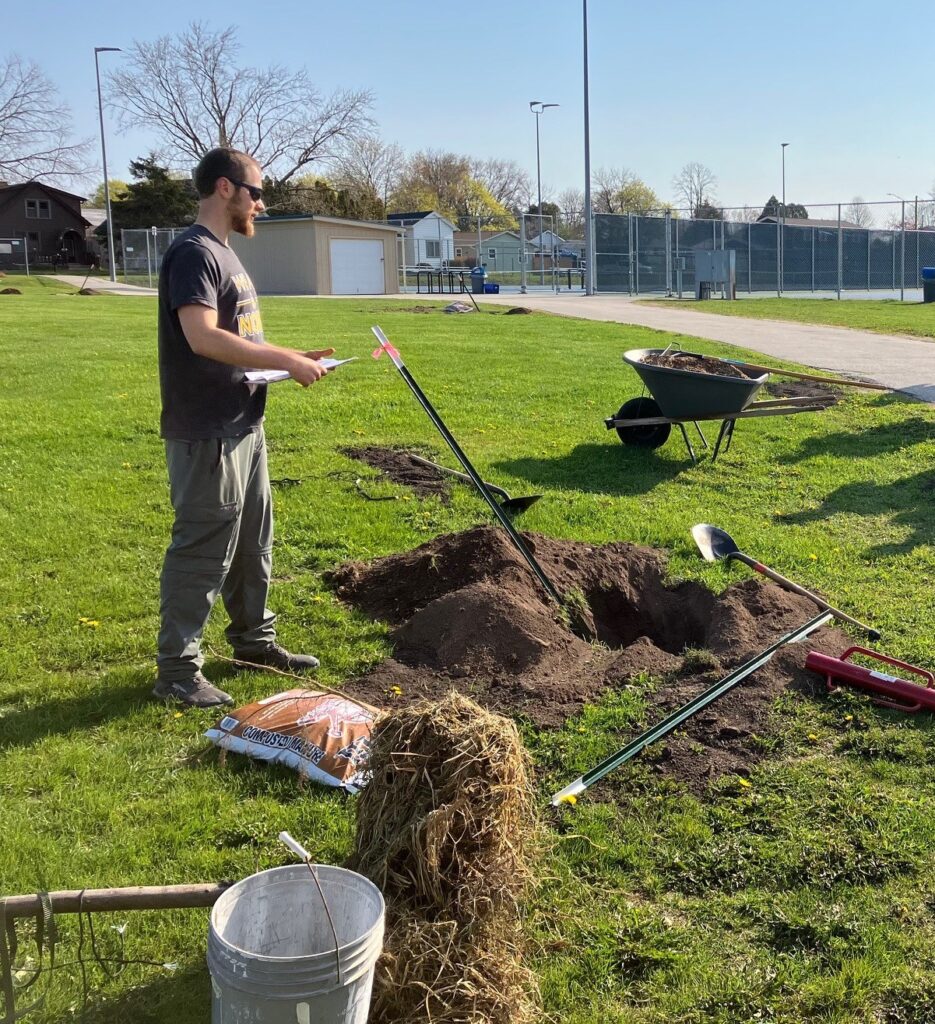
Photo Credit: Tony Fessler
A collaborative urban reforestation project involving the Sheboygan Area School District, the Sheboygan Rotary Club Restoration of our Trees Sheboygan (ROOTS) and the Lakeshore Natural Resource Partnership (LNRP) completed a second major milestone on May 10, 2025. This first-of-its-kind urban reforestation collaboration was initiated in 2024 through a matching $25,000 Wisconsin Department of Natural Resources (DNR) Urban Forestry Grant to ROOTS and LNRP. Continue reading “Collaborative Reforestation – Sheboygan Area School District”
New ISA Credentialing System Launches
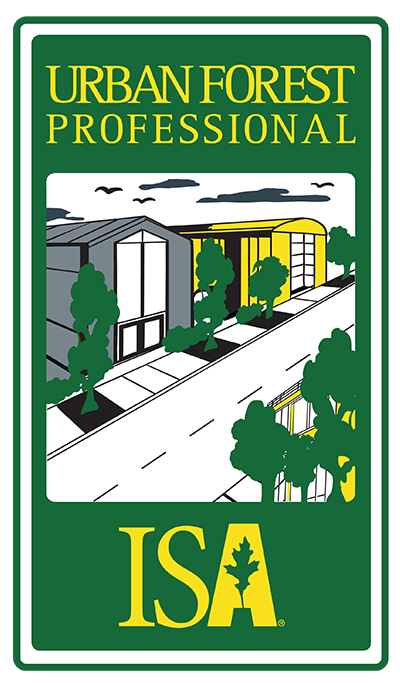 The International Society of Arboriculture (ISA) is launching a new credentialing management system and an updated pricing structure, going live on July 15, 2025.
The International Society of Arboriculture (ISA) is launching a new credentialing management system and an updated pricing structure, going live on July 15, 2025.
The new system offers significant user experience enhancements, including: Continue reading “New ISA Credentialing System Launches”
NASF Accepting Award Nominations
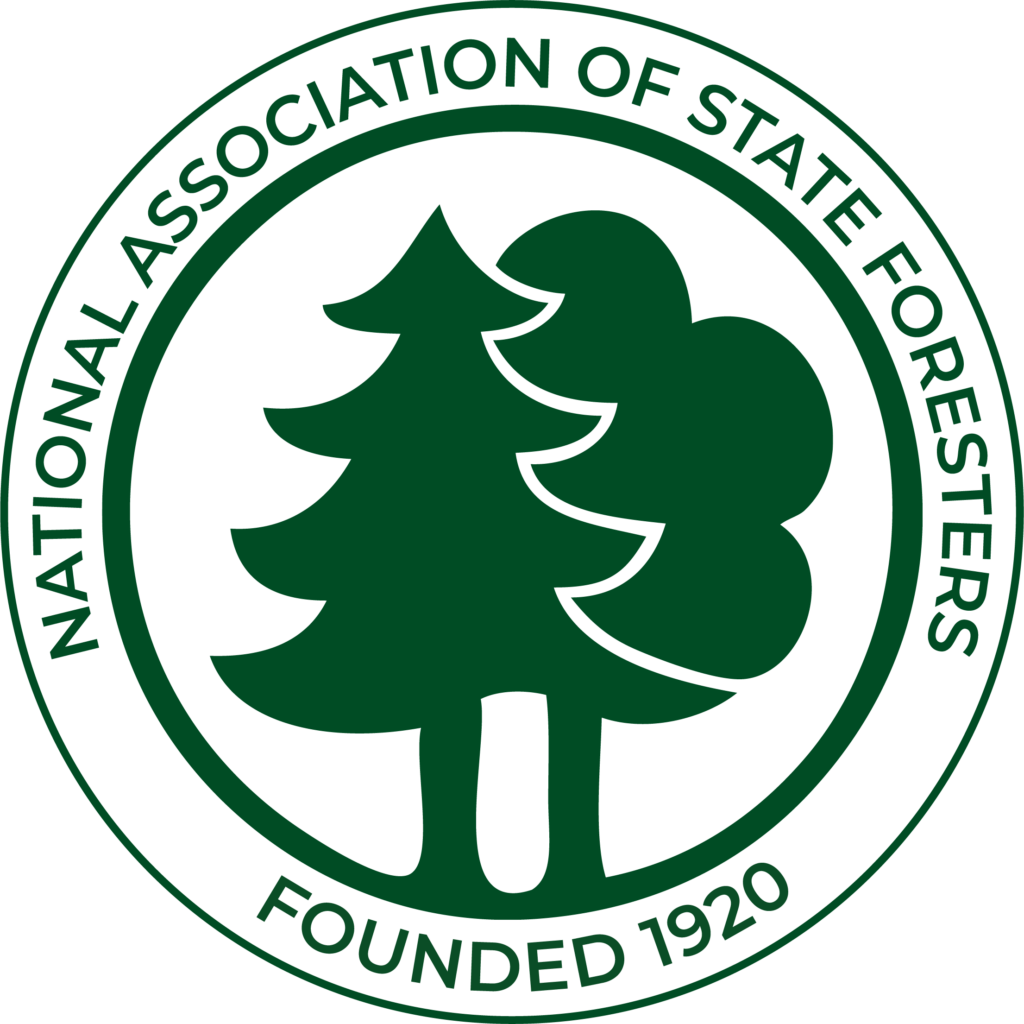 The National Association of State Foresters (NASF) is accepting nominations for its 2025 awards. Only nominations submitted on or before Friday, Aug. 1, through this online form will be considered. Descriptions of the awards, guidelines for selection and a sample nomination are included on the first page of the online form. The awardees will be honored in person and virtually at the 2025 NASF Annual Meeting in Waimea, Hawaii. Continue reading “NASF Accepting Award Nominations”
The National Association of State Foresters (NASF) is accepting nominations for its 2025 awards. Only nominations submitted on or before Friday, Aug. 1, through this online form will be considered. Descriptions of the awards, guidelines for selection and a sample nomination are included on the first page of the online form. The awardees will be honored in person and virtually at the 2025 NASF Annual Meeting in Waimea, Hawaii. Continue reading “NASF Accepting Award Nominations”
Upcoming Trainings
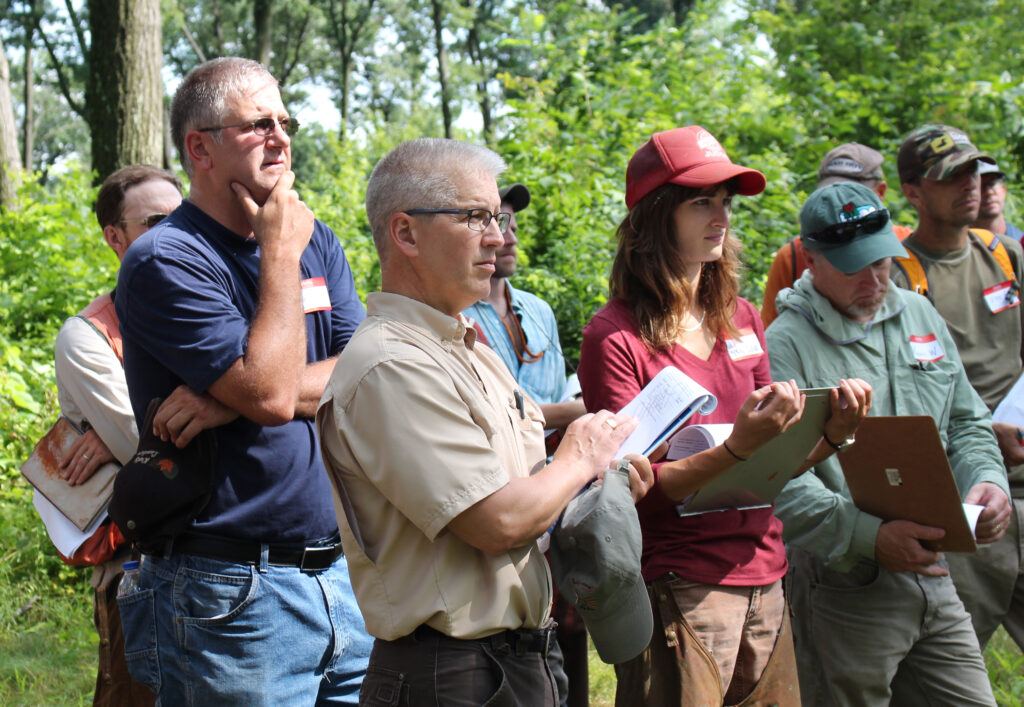 *These training opportunities are provided as an information service only and do not constitute an endorsement from the Wisconsin Department of Natural Resources (DNR).
*These training opportunities are provided as an information service only and do not constitute an endorsement from the Wisconsin Department of Natural Resources (DNR).
See below for information on training topics, including biochar, advanced arboriculture, selecting resilient tree species, The National Urban Tree Canopy Application, invasive species, wildlife and educational resources. Continue reading “Upcoming Trainings”
Armillaria Root Disease: A Fungal Killer

Bark has been removed from a declining white spruce to show the white mycelial mat of Armillaria under the bark. / Photo Credit: Linda Williams, Wisconsin DNR
By Linda Williams, DNR Forest Health Specialist
Linda.Williams@wisconsin.gov or 920-360-0665
Armillaria is a root-rot pathogen that usually lives quietly under the soil. But when trees experience stress, the fungus can attack and colonize the roots of the stressed tree.
Armillaria can infect many different species of trees, and trees of any age or size, but the result for the tree is usually a slow decline and eventual death. Stressors can include drought and flooding, defoliation from insects or diseases or physical damage such as when roots are severed.
New Forest Health Specialists Take To The Woods
By Art Kabelowsky, DNR Outreach and Communications
Arthur.Kabelowsky@wisconsin.gov or 608-335-0167
It’s time for River Mathieu and Tim Shively to put all their education and research to work.
Mathieu and Shively are the newest additions to the Wisconsin Department of Natural Resources (DNR) Forest Health team. Both started on June 30, filling Forest Health Specialist vacancies.
Continue reading “New Forest Health Specialists Take To The Woods”
Gall Causes Bull’s-eye Spots On Maple Leaves
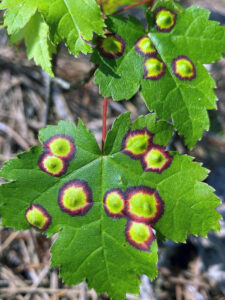
Maple eyespot galls create colorful, concentric patterns on red maple leaves. / Photo Credit: Linda Williams, Wisconsin DNR
By Linda Williams, DNR Forest Health Specialist
Linda.Williams@wisconsin.gov or 920-360-0665
Colorful “bull’s-eye” spots on maple leaves are maple eyespot galls, caused by the tiny ocellate gall midge (Acericecis ocellaris).
The adult midge lays eggs on the underside of the leaves. Once the eggs have hatched, the larvae feed on the leaves. That feeding causes the leaf to develop telltale colorful, concentric circles in that area of the leaf.
Continue reading “Gall Causes Bull’s-eye Spots On Maple Leaves”
